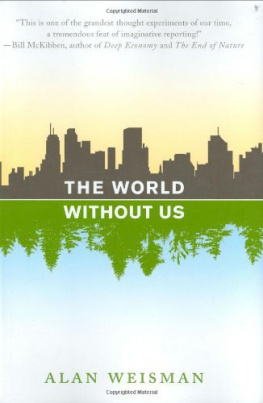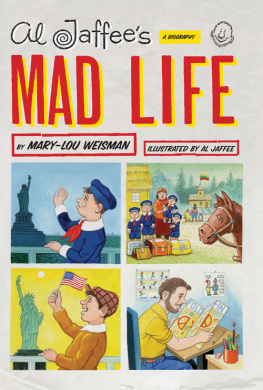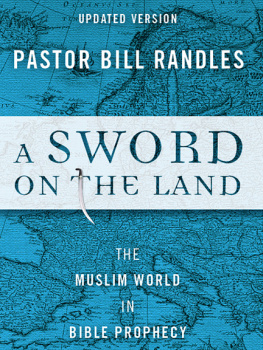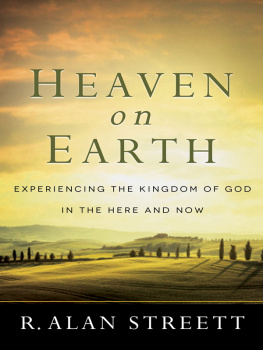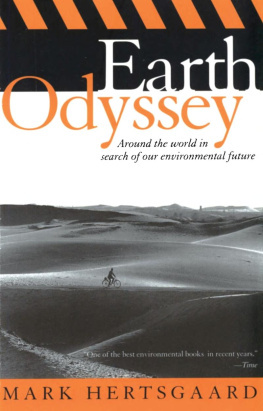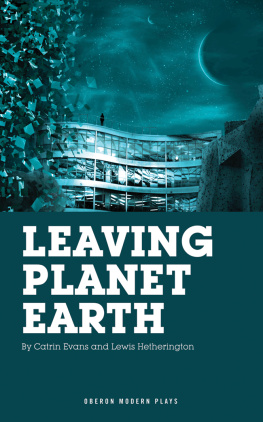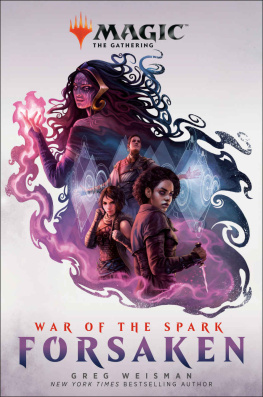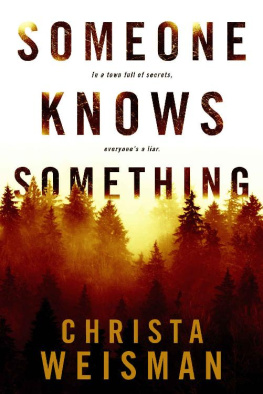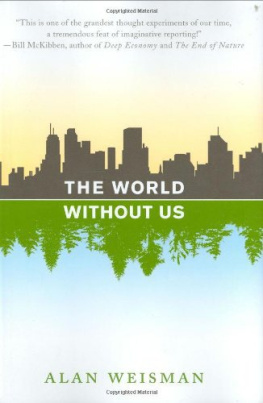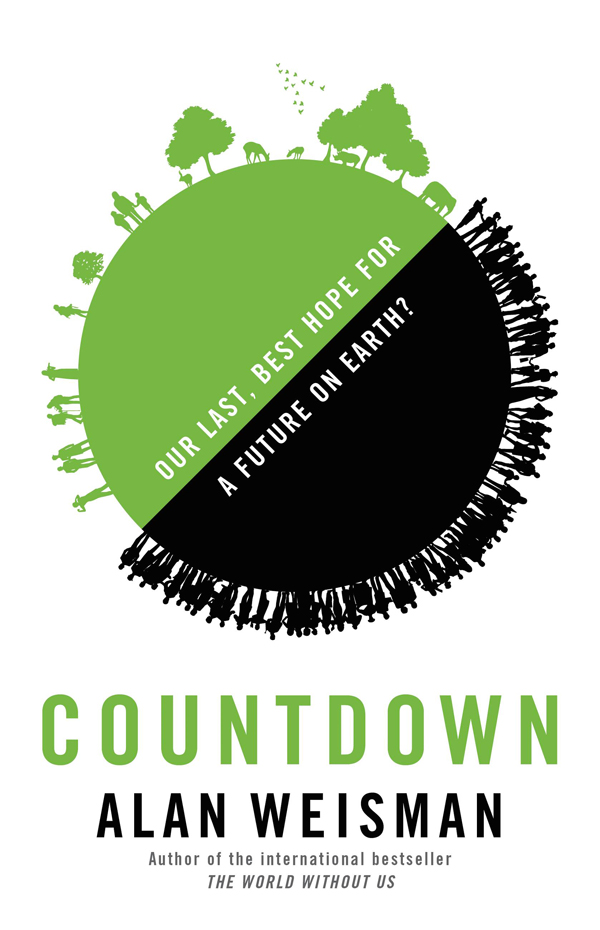
In accordance with the U.S. Copyright Act of 1976, the scanning, uploading, and electronic sharing of any part of this book without the permission of the publisher is unlawful piracy and theft of the authors intellectual property. If you would like to use material from the book (other than for review purposes), prior written permission must be obtained by contacting the publisher at permissions@hbgusa.com. Thank you for your support of the authors rights.
Thank you for buying this ebook, published by Hachette Digital.
To receive special offers, bonus content, and news about our latest ebooks and apps, sign up for our newsletters.
Sign Up
Or visit us at hachettebookgroup.com/newsletters
For more about this book and author, visit Bookish.com.
Copyright 2013 by Alan Weisman
Cover design by Kapo Ng; cover art by Sam Chung @ A-Men Project
Cover copyright 2013 Hachette Book Group, Inc.
All rights reserved. In accordance with the U.S. Copyright Act of 1976, the scanning, uploading, and electronic sharing of any part of this book without the permission of the publisher is unlawful piracy and theft of the authors intellectual property. If you would like to use material from the book (other than for review purposes), prior written permission must be obtained by contacting the publisher at permissions@hbgusa.com. Thank you for your support of the authors rights.
Little, Brown and Company
Hachette Book Group
237 Park Avenue, New York, NY 10017
littlebrown.com
twitter.com/littlebrown
facebook.com/littlebrownandcompany
First ebook edition: September 2013
The publisher is not responsible for websites (or their content) that are not owned by the publisher.
The Hachette Speakers Bureau provides a wide range of authors for speaking events. To find out more, go to hachettespeakersbureau.com or call (866) 376-6591.
Unless otherwise noted, all photographs are by the author.
ISBN 978-0-316-23650-8
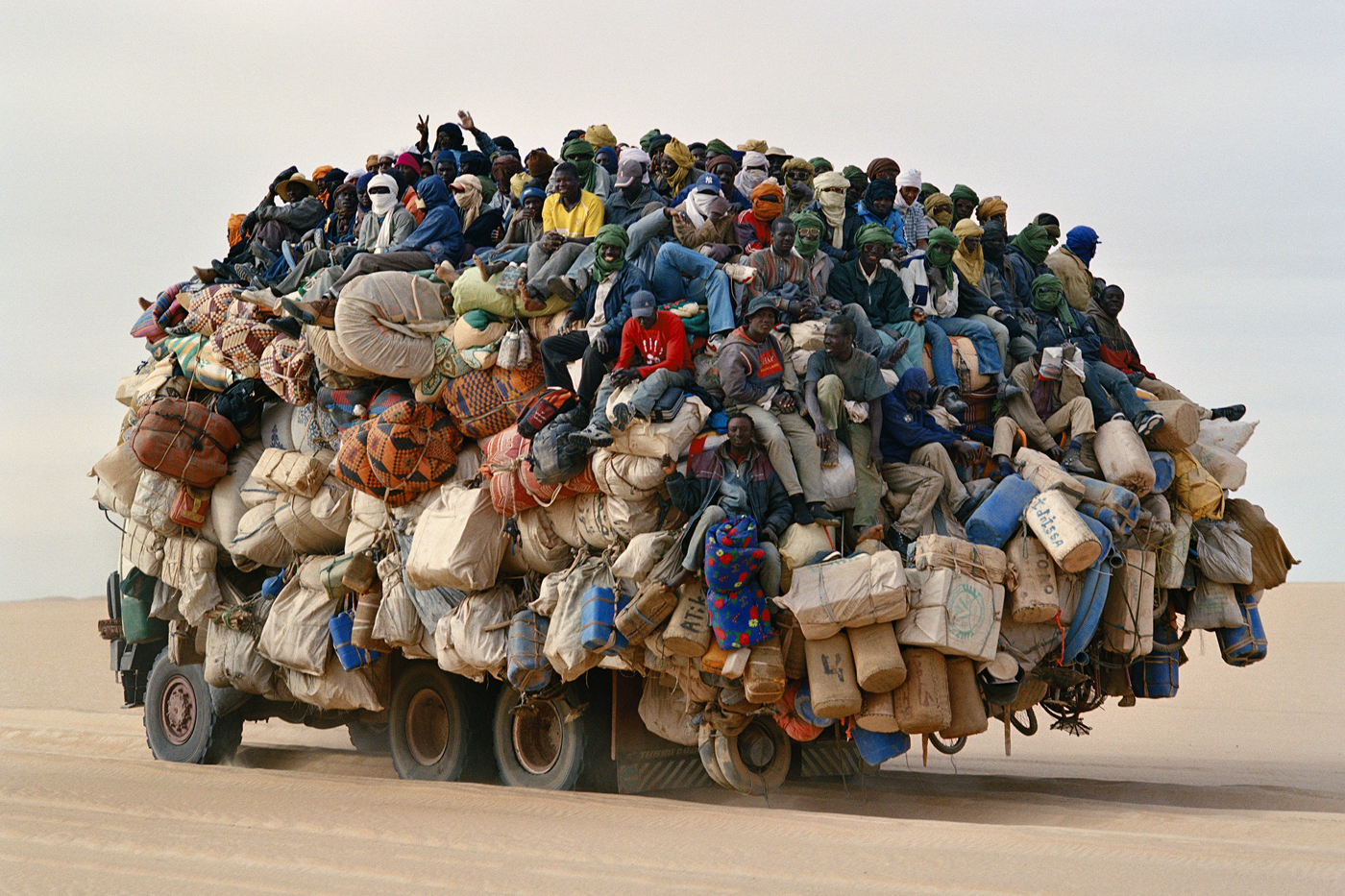
PHOTOGRAPH BY ROBERTO NEUMILLER
The World Without Us
An Echo in My Blood
Gaviotas: A Village to Reinvent the World
La Frontera: The United States Border with Mexico
for Beckie,
for seeing it through.
This calls for wisdom. If anyone has insight, let him
calculate the number of the beast, for it is mans number.
REVELATION 13:18
NEW TESTAMENT,
NEW INTERNATIONAL VERSION
When wisdom dictates that you do not need more children,
a vasectomy is permissible.
THE AYATOLLAH ALI KHAMENEI,
CA. 1989

Many readers may recall my last book, The World Without Us, as a thought experiment that imagined what would happen if people vanished from our planet.
The idea of theoretically wiping us off the face of the Earth was to show that, despite colossal damage weve wreaked, nature has remarkable resilience and healing powers. When relieved of the pressures we humans daily heap upon it, restoration and renewal commence with surprising swiftness. Eventually, even new plants, creatures, fungi, et al., evolve to fill empty niches.
My hope was that readers, seduced by the gorgeous prospect of a refreshed, healthy Earth, might then ask themselves how we could add Homo sapiens back into the pictureonly in harmony, not mortal combat, with the rest of Earthly life.
In other words, how might we continue to have a world with us?
Welcome to another thought experiment, on exactly that subject. Only this time, theres no imagining: the scenarios here are real. And in addition to the people I describe, locals and informed experts, theres everyone elseincluding you and me. As it turns out, were all part of the response to what basically came down to four questions I went around the world askingquestions that several of the aforementioned experts called the most important on Earth.
But probably, one of them added, theyre impossible to answer.
When he made that remark, we were lunching at one of the worlds oldest, most hallowed institutions of higher learning, where he was distinguished faculty. In that moment, I was glad not to be an expert. Journalists rarely claim depth in any field: our job is to seek people who dedicate their careers to studyor who actually livewhatever it is were investigating, and to ask them enough common-sense questions so the rest of us might understand.
If such questions are arguably the most important in the world, whether or not the experts deem their answers impossible is irrelevant: wed damned well better find them. Or keep asking until we do.
So I did, in more than twenty countries over two years. Now, you get to ask them for yourselves, as you follow my travels and inquiry.
If by the end you think that were onto the answerswell, Im pretty sure youll figure out what we ought to do next.
A.W.

i. Battle of the Babies
A cold January afternoon in Jerusalem, late Friday before the Jewish Sabbath. The winter sun, nearing the horizon, turns the gilded Dome of the Rock atop the Temple Mount to blood-orange. From the east, where the muezzins afternoon call to Muslim prayer has just ended on the Mount of Olives, the golden Dome is suffused in a smudged pinkish corona of dust and traffic fumes.
At this hour, the Temple Mount itself, the holiest site in Judaism, is one of the quieter spots in this ancient city, empty but for a few scholars in overcoats, hurrying with their books across a chilly, cypress-shaded plaza. Once, King Solomons original tabernacle stood here. It held the Ark of the Covenant, containing stone tablets on which Moses was believed to have incised the Ten Commandments. In 586 BCE, invading Babylonians destroyed it all and took the Jewish people captive. A half-century later, Cyrus the Great, emperor of Persia, liberated them to return and rebuild their temple.
Around 19 CE, the Temple Mount was renovated and fortified with a surrounding wall by King Herod, only to be demolished again by the Romans within ninety years. Although exile from the Holy Land occurred both before and after, this Roman destruction of Jerusalems Second Temple most famously symbolizes the Diaspora that scattered Jews across Europe, northern Africa, and the Middle East.
Today, a remaining fragment of the Second Temples sixty-foot-high perimeter in Jerusalems Old City, known as the Western (or Wailing) Wall, is an obligatory pilgrimage for Jews visiting Israel. Yet, lest they inadvertently tread where the Holy of Holies once stood, an official rabbinical decree prohibits Jews from ascending to the Temple Mount itself. Although it is at times defied, and exceptions can be arranged, this explains why the Temple Mount is administered by Muslims, who also hold it sacred. From here, the Prophet Muhammad is said to have journeyed one night upon a winged steed all the way to Seventh Heaven and back. Only Mecca and Medina, Muhammads birthplace and burial site, are considered holier. In a rare agreement between Israel and Islam, Muslims alone may pray on this hallowed ground, which they call al-Haram al-Sharif.
Next page


